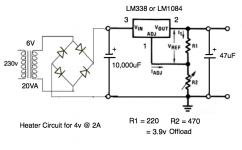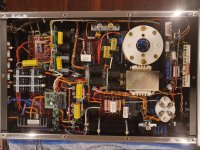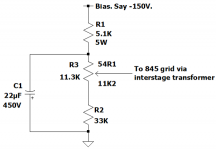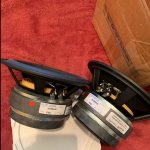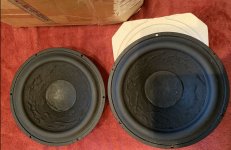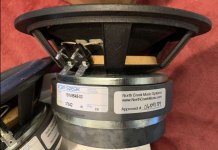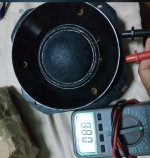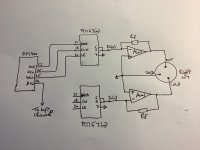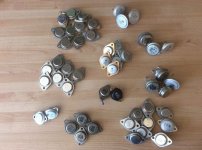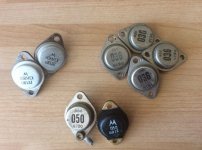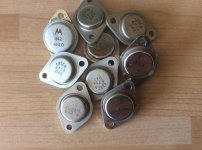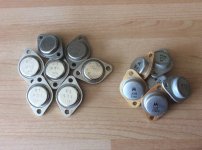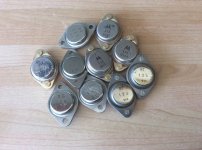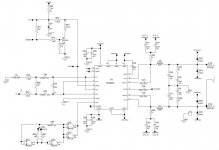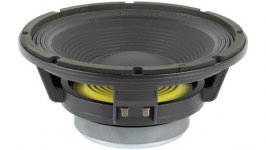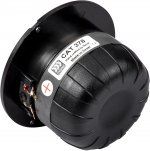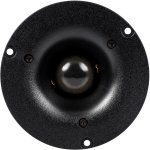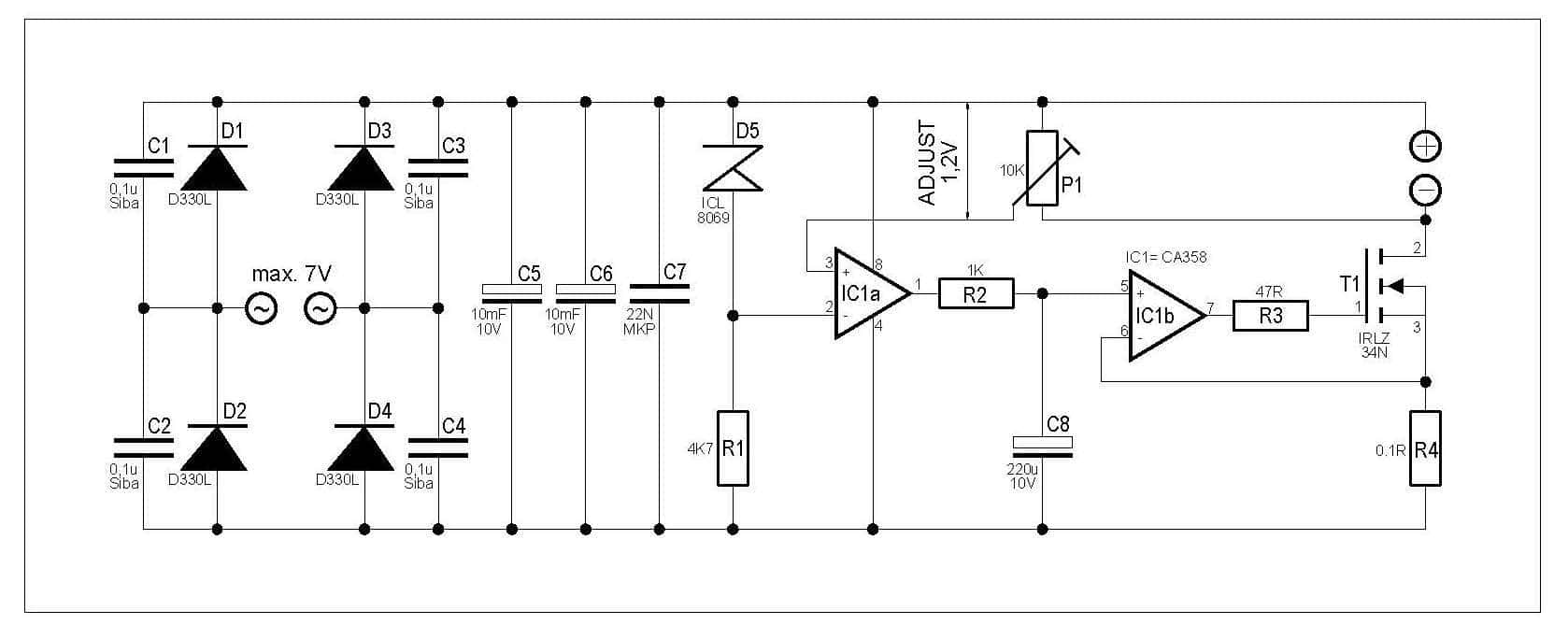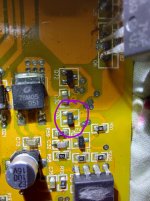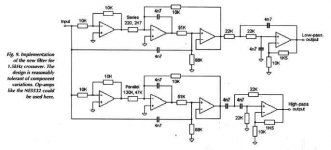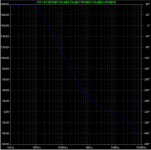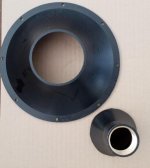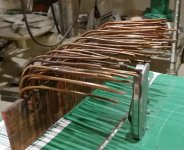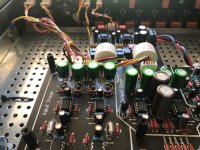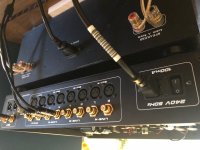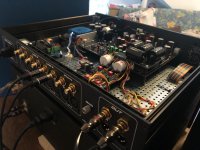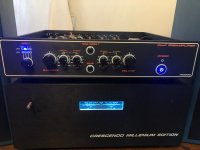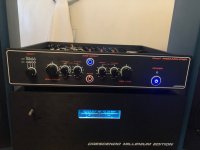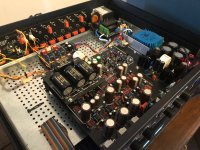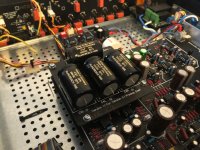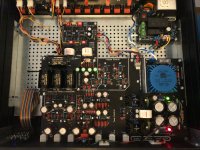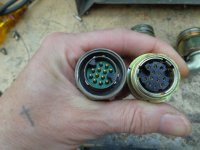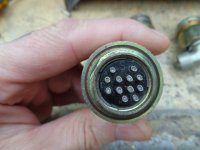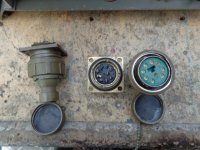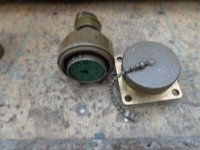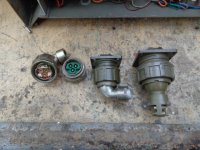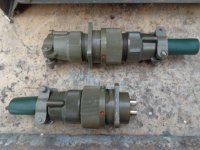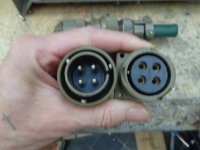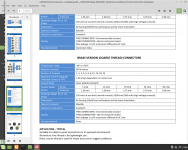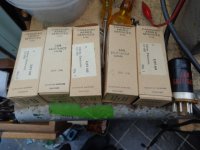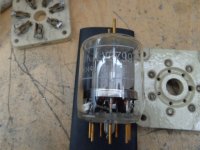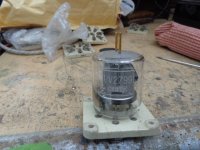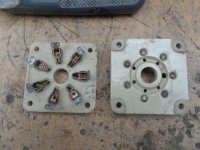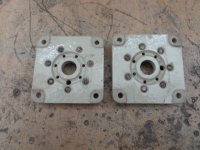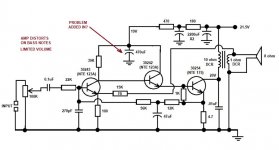FS: 54 Fullrange Peerless TC9FD18-08 Line Array Project
Hello.
One of my friends wanted to build the Full Range TC9 Line Array project you can read here in DIYAUDIO forum:
https://www.diyaudio.com/forums/full-range/303417-range-tc9-line-array-cnc-cabinet.html
However, things has changed and he never started the project not will do.
Drivers are in the box, new, never used.
For sale: 54 Fullrange Peerless TC9FD18-08 for the Line Array Project
If there is someone interested, price would be 350€ for the whole lot of 54 drivers, much less than paid. Shipping costs and paypal feed to be added.
One of my friends wanted to build the Full Range TC9 Line Array project you can read here in DIYAUDIO forum:
https://www.diyaudio.com/forums/full-range/303417-range-tc9-line-array-cnc-cabinet.html
However, things has changed and he never started the project not will do.
Drivers are in the box, new, never used.
For sale: 54 Fullrange Peerless TC9FD18-08 for the Line Array Project
If there is someone interested, price would be 350€ for the whole lot of 54 drivers, much less than paid. Shipping costs and paypal feed to be added.
An externally hosted image should be here but it was not working when we last tested it.
An externally hosted image should be here but it was not working when we last tested it.
An externally hosted image should be here but it was not working when we last tested it.
An externally hosted image should be here but it was not working when we last tested it.
